We routinely refer to memberships in CSA farms as “shares,” but until recently the aptness of that terminology hadn't struck me. But the other day I wondered what a CSA “bond” would look like.
In a sense, we already know. There are a number of farms – often larger ones, but not exclusively – which make arrangements to buy-in produce from CSA colleagues or another local farm in the case that certain crops fail or do unusually badly on the home soil. In one way, this may be looked at as simple conscientiousness on the part of the grower, but it is not uncontroversial in CSA circles. Many Community Supported Agriculture traditionalists view the at-risk nature of the buy-in by the member as essential to a model in which the community truly supports the agriculture. With too much guaranteeing by the farmer, the relationship with the eater turns into something more like bond-issuance than the purchase of an equity share. The farmer essentially lines up “backing” (albeit from other farmers rather than a bank) so that she/he can guarantee a return on a subscriber's membership fee, presumably one which, at worst, represents a modest premium for the purchaser over the value of food that could be got at market during the same time-frame.
Farmers who hew to a more share-based approach can occasionally be heard to cluck their tongues at this sort of arrangement, but it would be wise to be careful and not just because our colleagues deserve our respect. The CSA market has broadened enormously over the past 20 years and – as in the financial markets – bonds may be more approprite for some than stocks, especially if it gets them to eat from fields in the nearby countryside rather than California. Though I've not yet heard of such a thing, I wonder if farms seeking to expand might capitalize by issuing multi-year bonds in addition to their shares, paying out modest dividends in vegetables while using the cash-flow to incerease their productive capacity.
But that's not what I sat down to write about.
Read More
